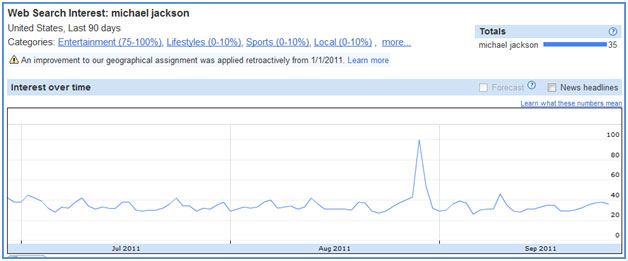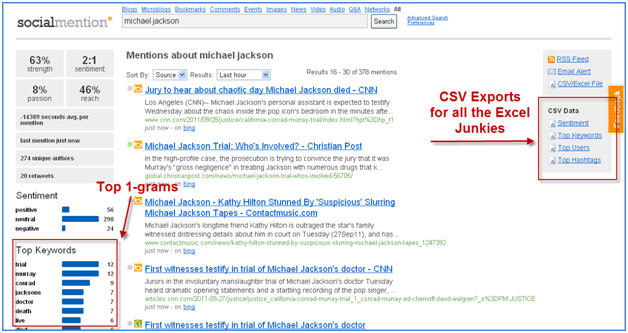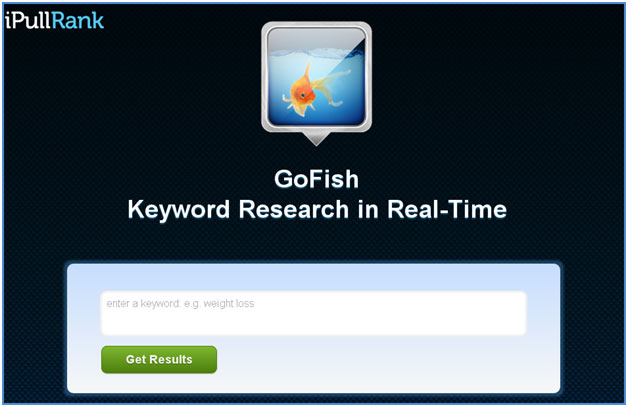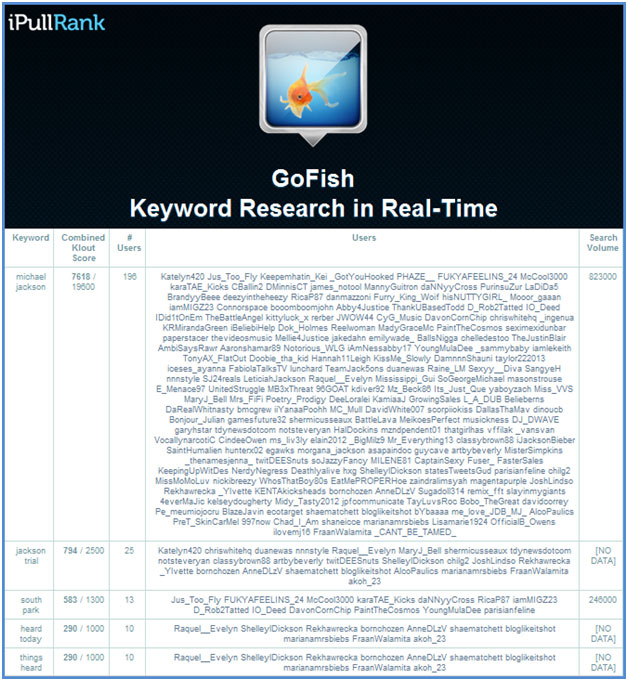Mish's Global Economic Trend Analysis |
- Seton Hall to lower tuition rate by $21K matching Rutgers; Cost of College Education will Crash; Moronic Educators Object to Lower Costs
- Peter Oborne 'Idiot' Comments Prompts EU Spokesman To Storm Off Newsnight
- China Loan Shark Market Crashes; Scores of Chinese Business Owners Unable to Pay Black Market Loans Commit Suicide or Disappear
- Enron-i-sation of Europe; Is the Euro "Beyond Rescue"?
| Posted: 29 Sep 2011 04:23 PM PDT I have been waiting for and expecting news headlines just like this one: Seton Hall will lower tuition rate by $21K to match Rutgers for some incoming freshmen Getting good grades and high SAT scores could save some Seton Hall University freshmen more than $21,000 a year in tuition costs under an unusual new program that could pit the Catholic school against Rutgers University for some of the state's top students.Expect Plans to Spread Drew University in Madison rejected the plan as a publicity stunt. However, I expect such plans to spread. I also expect more competition from online classes. If Congress really wants to do something about the high cost of education, it would:
Cost of College Education will Crash Within a Decade The cost of college education would sink like a rock with those four structural improvements. Interestingly, even with piss poor government policies, places like Seton Hal, prices have collapsed for some students. Right now the opening toss applies to 10% of the students. Next year it may be 25% of students and offered at more universities. For those who have kids in grade school, I would not advise programs that lock in today's rates if paid in advance. The cost of college education will crash within a decade, simply because it has to. Moreover, the free market would lower costs sooner and far more dramatically, if only given the chance. Wages are not supportive of current education costs. Addendum: I wrote the above quoting the New Jersey Start Ledger article written yesterday. I received two emails just now pointing to additional articles in the Wall Street Journal and New York Daily News. Please consider the Journal Article Seton Hall Cuts Cost For High Achievers Seton Hall University will radically restructure its tuition for next year, slashing costs by more than 60% for all incoming students who have achieved a set of academic standards in high school, officials announced on Wednesday.Failure of Subsidies One of the reasons college education is so high is because union activists and socialists want to send everyone to college whether they are qualified or not. When that drove up costs, government "aid" programs were invented, not for the benefit of students, but rather for the benefit of educators. Students became debt slaves in the process. The education mess has gotten bigger and more costly ever since programs were put in place to subsidize students, many of whom did not belong in college in the first place, but rather a trade school or apprentice program. Moronic Thinking of Jerome Sullivan Note the moronic thinking of Jerome Sullivan. He is actually complaining about costs of education dropping, complaining price wars will hurt low-income families. The fact of the matter is the more prices drop, the more people can afford to go to college. Mike "Mish" Shedlock http://globaleconomicanalysis.blogspot.com Click Here To Scroll Thru My Recent Post List |
| Peter Oborne 'Idiot' Comments Prompts EU Spokesman To Storm Off Newsnight Posted: 29 Sep 2011 11:22 AM PDT link if above video does not play: http://www.youtube.com/watch?v=QNq9MOc5CBY Mike "Mish" Shedlock http://globaleconomicanalysis.blogspot.com Click Here To Scroll Thru My Recent Post List |
| Posted: 29 Sep 2011 09:30 AM PDT Here is an interesting email from reader "Kevin" regarding the crashing loan-shark market in China. Hello MishLoan Shark Credit Crisis Brewing Courtesy of Google Translate please consider Gray Chinese-style financial credit crisis brewing area "Economic Information Daily" correspondent from the multi-confirmed the day before and then there were two causes of Wenzhou City, inability to repay loan sharks and jumping events. According to informed sources, the two business owners are the local shoe factory owner, debt of millions.Financial Earthquake Triggered by Loan Shark Business Also courtesy of Google Translate, please consider loan-sharking business owners who jumped to escape September 22, Wenzhou, Zhejiang Jiang Xintai largest optical company chairman Hu Fulin liabilities 2 billion fled, triggering a major earthquake Wenzhou business. Wenzhou Zhou German SME Development Association president, said Hu Fulin liabilities involving nearly ten thousand people, dozens of companies, including upstream and downstream Nobuyasu and creditors, the incident is still fermenting, the impact will be further expanded.The translations are choppy, but the ideas very easy to spot. $SSEC - Shanghai Exchange -Daily Chart  click on chart for sharper image China is down another 1% (not reflected in the above chart), to 2368 as of 2:00 AM Thursday. It closed at 2365.  click on chart for sharper image The Shanghai stock market depicts a credit bubble that collapsed in 2008, partially rebounded, and is sinking once again. China did not decouple from the global economy, nor is there any reason to believe it will, or should. China's debt bubble, housing bubble, and copper Ponzi financing schemes are collapsing. Copper Ponzi Scheme: See Ponzi Financing Involving Copper Trade Gone Wild In China for details of a copper financing scheme now gone bust. Shark Loans: See Ponzi "Shark Loans" Fuel China's Housing Bubble; Home Sales Plunge 44% in Xiamen; Bubble Busts in Tianjin for details on how loan shark operations fueled China's real estate bubble. Ghost Cities: I have done many stories on China's ghost cities, most recently World's Biggest Property Bubble: China's Ghost Cities Revisited; 64 Million Vacant Properties Property Loans Halted: Property Loans Halted in China's 2nd and 3rd-Tier Cities; Is China's Spectacular Real Estate Bubble About to Pop? All of these schemes are starting to unravel in a major way. Mike "Mish" Shedlock http://globaleconomicanalysis.blogspot.com Click Here To Scroll Thru My Recent Post List |
| Enron-i-sation of Europe; Is the Euro "Beyond Rescue"? Posted: 29 Sep 2011 01:21 AM PDT Steen Steen Jakobsen, chief economist for Saxo bank in Denmark discusses the Enron-i-sation of Europe in an Email "Macro Brief" The Enron-i-sation of Europe: Finding solutions through SPV's speak for themselves. Apart from the inability to being implemented (if German constitutional court is heard) it's also a slippery road towards permanent aid. Hiding debt in more and more obscure vehicles is similar to Enron having 1000s of SPV hiding the "real issue". Debt is debt. It needs to be paid back or someone needs to take a loss!Notes on SPVs Investopedia describes the Special Purpose Vehicle/Entity - SPV/SPE What Does Special Purpose Vehicle/Entity - SPV/SPE Mean?Euro is "Practically Dead, Beyond Rescue" Bloomberg reports Euro Is Beyond Rescue in Debt Crisis, Szalay-Berzeviczy Says The euro is "practically dead" and Europe faces a financial earthquake from a Greek default, according to Attila Szalay-Berzeviczy, global head of securities services at Italy's biggest lender UniCredit SpA. (UCG)"Beyond Rescue" and "This can still be averted" are logical opposites. Nonetheless, it's interesting to see such blunt comments from high places at major lenders, even if those comments "do not reflect the position of the company". For more on the twisted mess in Europe, please consider these recent posts
I struggle to see how the Eurozone can survive intact. No currency union without a fiscal union has ever survived and the German court ruled out a fiscal union without a new constitution and popular referendum. Good luck with that given 75% of Germans oppose more bailouts. See the above articles for details. Mike "Mish" Shedlock http://globaleconomicanalysis.blogspot.com Click Here To Scroll Thru My Recent Post List |
| You are subscribed to email updates from Mish's Global Economic Trend Analysis To stop receiving these emails, you may unsubscribe now. | Email delivery powered by Google |
| Google Inc., 20 West Kinzie, Chicago IL USA 60610 | |
























